"The industry needs a resurgence of creativity": a day in the life John Roescher
Raw Materials' CEO discusses battling sameness in design with a balance of "rigour and romance".

John Roescher is co-founder and CEO of Raw Materials, a design company built upon "balancing rigorous, data-driven processes with a sense of romance." After teaching himself code at a young age, John curated his interest in the internet and technology to found the pioneering digital design firm, Handsome.
In response to the industry's growing focus on efficiency over originality, John later shuttered Handsome to co-found Raw Materials, going on to win 2024's D&AD Design Agency of the Year. As part of our Day in the Life series, I caught up with John to discuss his career metamorphosis and the importance of a creativity resurgence in the design industry.

Could you walk me through a typical day in your role?
My role is fundamentally about enabling creativity between the Raw Materials team and our clients. My day-to-day responsibilities revolve around ensuring that our team has everything they need to do the best work of their lives.
This involves finding and forming opportunities to do great work, which often means working closely with clients to inspire and help them form the best brief and engagement environment possible. I spend a significant amount of time in strategic discussions, whether that's with clients, partners or internally with our team.
For me, creativity isn't just about the output; it's about the process. I believe that everything we do affects the work, so I treat everything as if it were the work itself. This philosophy guides my approach, ensuring that we create a supportive environment that allows our creative talent to thrive. Whether it's through education, collaboration or simply providing the right resources, my goal is to create the conditions where creativity can flourish. This means that while I might not be directly involved in pushing pixels or writing code, my role is about setting the stage for our team to do their best work.

What was your early career like?
My early career was driven by a fascination with the internet and digital experiences. Growing up in a small town, the internet was a gateway to the world for me. I was captivated by the idea that a line of code I wrote could be seen and used by someone on the other side of the world. This sense of possibility fueled my passion for design, technology, and the internet in general.
In the early days, I was deeply involved in every aspect of the process. I was coding, designing and most importantly, learning and being inspired. I quickly realized the importance of human-centered design and the power of beauty in user experiences. It wasn’t just about making things work or basically look good; it was about creating experiences that resonated with people on a deeper level.
This led me to dive deeper into the world of design. I was constantly experimenting, learning from both successes and failures. My early career was marked by a relentless pursuit of understanding how technology and creativity could intersect to create something meaningful. This period laid the foundation for everything I’ve done since. It taught me the value of obsessing about problems, truly listening to users and never settling for the status quo. The romance and passion I felt in those early days still drives me, but now they are combined with the discipline, rigour and wisdom gained from years of experience.
Tell me about a tricky work-related challenge and how you approached it
Like anyone in a creative field, I’ve faced my fair share of challenges – highly prescriptive or overly ambiguous briefs, under-resourced projects, and generally difficult creative environments. These can all be demoralizing but somewhere along the way I learned that this is where the real work begins and where the greatest opportunities lay.
Rather than seeing these moments as setbacks, I view them as chances to dig deeper, push harder and find the true potential in the work. It’s about embracing the difficulty and using it as a springboard for truly great ideas. When the circumstances seem to be in opposition to succeed, that’s when you have to fight even harder to find it. This shift in mindset – from seeing obstacles as roadblocks to viewing them as opportunities – has been one of the most important lessons in my career.
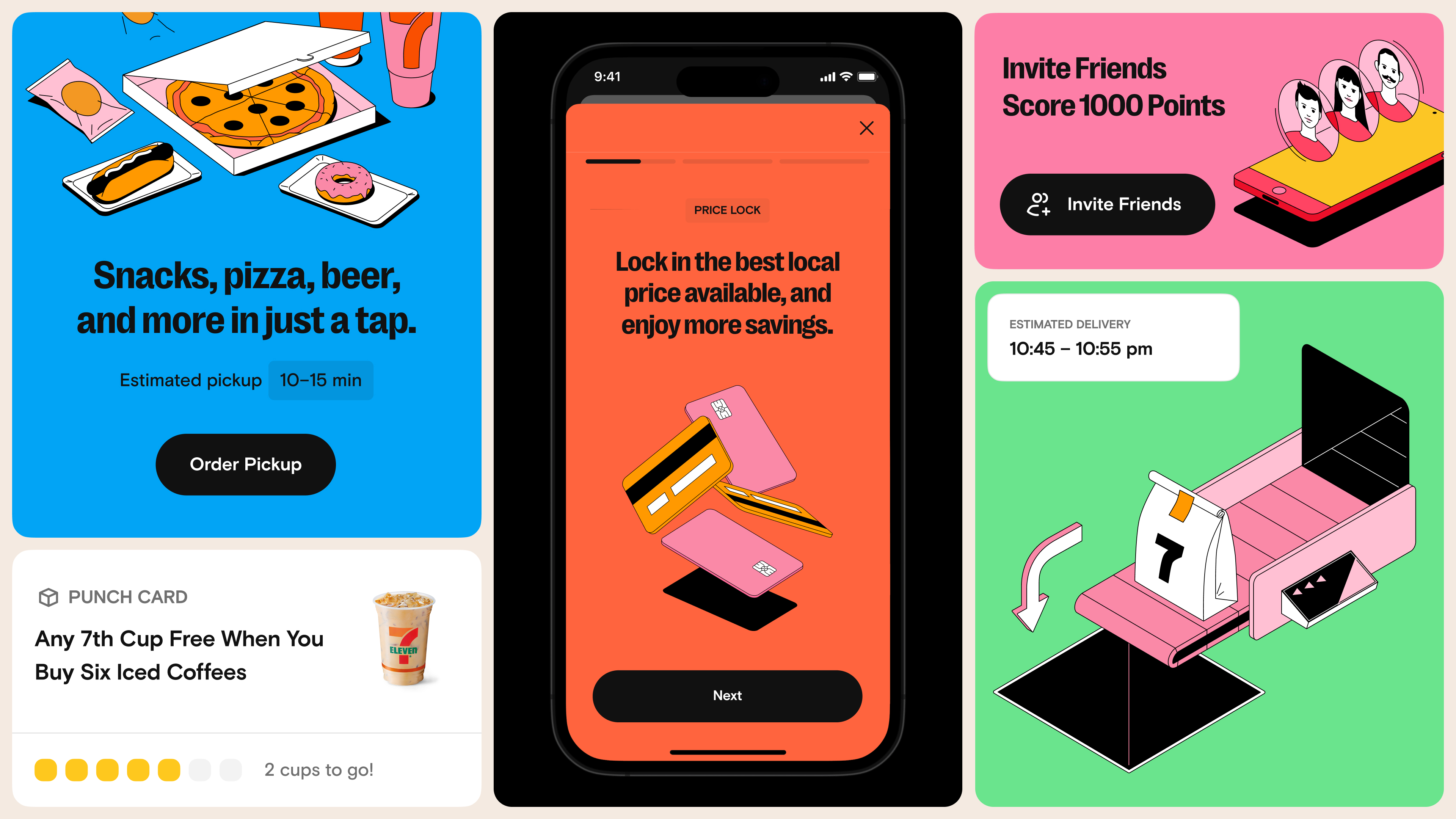
Tell me about shuttering your last firm. What empowered you to make this bold move?
Closing Handsome and founding Raw Materials was less about shutting something down and more about a metamorphosis. The decision was driven by a deep desire to return to the essence of what I believed creativity should be. I felt that to truly do the work we all wanted, we needed to start fresh. Raw Materials was born out of the conviction that we could create something fundamentally different, something that embodied our vision without compromise.
We wanted to create a company where creativity wasn’t just a means to an end; it was the product.
It wasn’t an easy decision. Handsome was successful, and I could have continued on that path. But I realized that to truly fulfil our creative vision, we needed to change so much that it made more sense to start anew. This wasn’t about tweaking what we were already doing; it was about fundamentally rethinking what a creative company could be and what was really needed in the world.
We wanted to create a company where creativity wasn’t just a means to an end; it was the product.
We knew that this meant taking a risk, but it was a risk we were willing to take because we believed so strongly in the vision. The decision to shutter Handsome and start Raw Materials was about having the conviction to follow that vision, to create something that we felt was truly needed in the industry. It was about starting over with all the wisdom and experience we had gained, but applying it to a blank slate where we could build something that was truly our own.
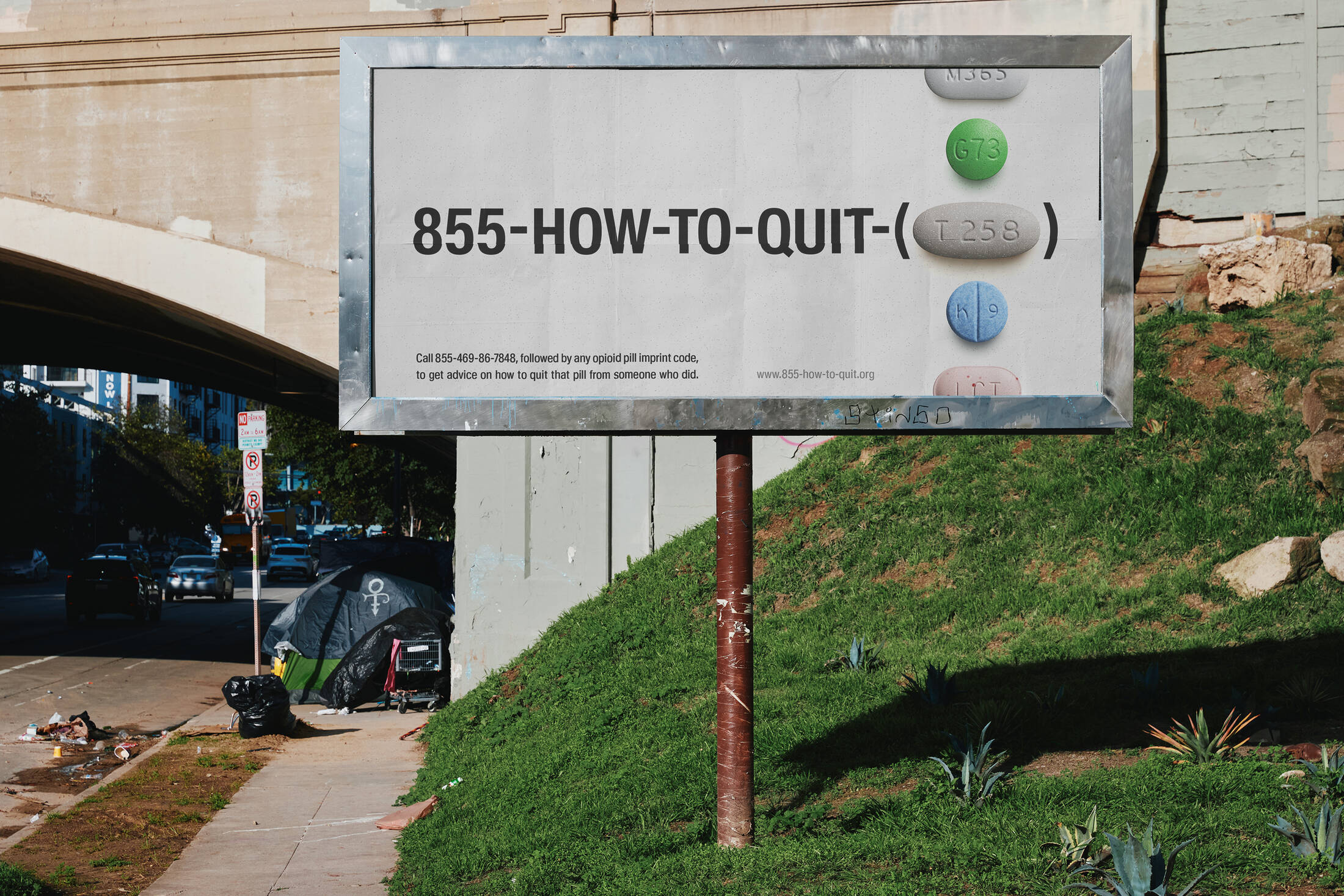
Which project are you most proud of and why?
While I’m proud of all our projects, the one that stands out is the 885-How-To-Quit campaign.
It’s close to my heart because it addressed such an important issue – addiction recovery. But what made this project special was how we approached it; we didn’t set out to make the best, most effective “opioid addiction” campaign. Instead, we took a step back, took a clear look at the problem and the goal, asked ourselves what wasn’t being done, and we created something new. Something that connected directly from insight to message to medium to impact in a way that hadn’t been tried before.
The campaign centred around real stories of individuals in recovery, using multimodal and multi-channel strategies to make a genuine impact. It’s a project that exemplifies our philosophy of going beyond the expected to deliver something truly meaningful and effective. We approached it not just as a design challenge, but as a moral imperative to create something that could make a real difference in people’s lives. We worked closely with addiction survivors to ensure that their voices were heard and that the campaign resonated on a deeply personal level.
The result was a powerful, moving campaign that not only achieved its goals but also reinforced our belief in the power of creativity to drive change.
Could you tell me about Raw Materials’ philosophy of pursuing 'unusual wins'?
At Raw Materials, we believe that when everything is the same, being different is the greatest opportunity. Our philosophy of pursuing 'unusual wins' is about finding those truly novel, great ideas that others might overlook. It’s about going beyond the obvious and creating something that hasn’t existed before.
Creativity is one of the most powerful tools we have, and it’s something that can’t be “generated” artificially.
In a world where so much work is about squeezing more out of the same ideas, we’re focused on finding that new fruit, that different approach that leads to something truly extraordinary. This isn’t just about being different for the sake of it – it’s about delivering real value by doing what others aren’t even considering. Creativity is one of the most powerful tools we have, and it’s something that can’t be “generated” artificially. That’s why we focus on unusual wins – because they’re the ones that make the difference and have the greatest impact.
This philosophy has driven some of our most successful projects. By refusing to settle for the obvious or the conventional, we’ve been able to deliver work that not only meets our client’s needs but also sets new benchmarks. It’s about constantly pushing ourselves to find that next big idea, that next unusual win that will take our work to the next level.
Get the Creative Bloq Newsletter
Daily design news, reviews, how-tos and more, as picked by the editors.
How does it feel to have won the D&AD Agency of the Year Award?
But beyond just the gratitude and excitement, winning the award served as a powerful validation of our approach at Raw Materials. This award isn’t just a pat on the back; it’s a clear signal that the industry is resonating with what we’re doing – embracing creativity, pushing boundaries and prioritizing originality over the status quo. It’s also a reminder that we’re on the right path, and it’s encouraging to see that our efforts to challenge the norms and bring something fresh to the table are being recognized at such a prestigious level.
This is just the beginning for us. While we’re deeply honoured by this recognition, it fuels our ambition to continue evolving, experimenting, and driving forward. We see this award as a milestone, not a finish line, and it motivates us to keep raising the bar and redefining what’s possible in design and creativity.
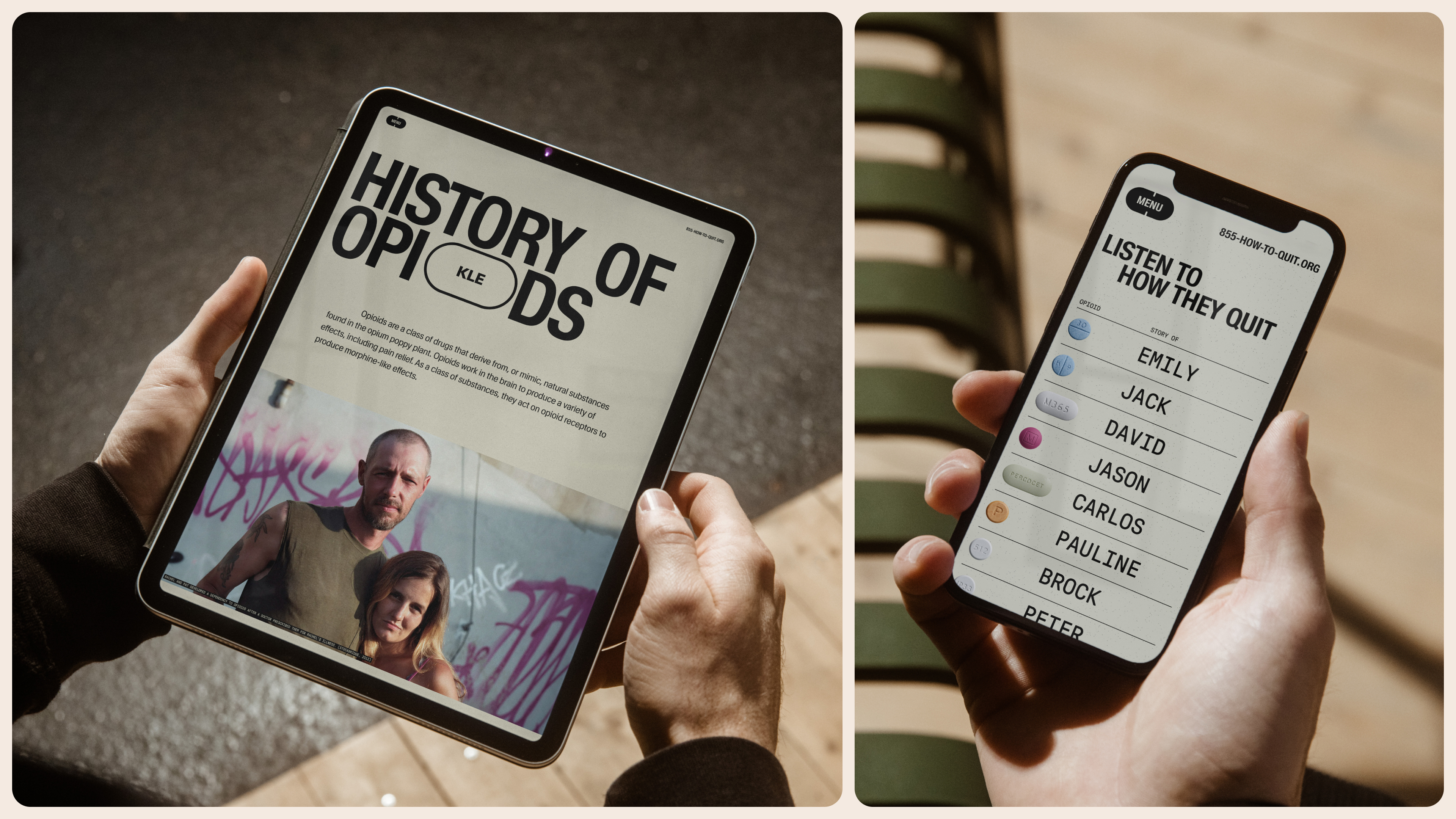
What do you think the industry needs to improve?
At its core, the industry needs a resurgence of creativity. Over the past decade, there’s been a noticeable shift towards over-indexing on systems, standards and optimization, which definitely has its place, but has inadvertently stifled the kind of creative problem-solving that drives true innovation.
The industry needs to be less afraid of venturing into the unknown
We need to bring back a stronger focus on creativity as the primary driver of value in design. It’s not just about following best practices or adhering to established frameworks; it’s about pushing the boundaries of what’s possible, taking risks and solving problems in ways that haven’t been done before. The industry needs to be less afraid of venturing into the unknown and more willing to embrace the messiness and unpredictability that often accompany groundbreaking work.
By balancing the necessary rigour of systems with the freedom to explore and innovate, we can reclaim the creative spirit that has always been at the heart of great design.
What is the cure for “sameness” in the design industry?
I firmly believe the cure is a delicate balance of rigour and romance.
It’s about understanding that differentiation doesn’t just apply to major, macro-level changes; it can and should happen at every level, from the smallest details to the overall strategy. There’s a misconception that being different means making drastic, sweeping changes, but often it’s the subtle, thoughtful differences that set great design apart.
To combat sameness, we need a deeper understanding of the problems we’re trying to solve and a commitment to exploring multiple solutions before settling on the best one. This requires time, strategic thinking and a willingness to deviate from the norm. We need to foster a culture that values exploration and the courage to take risks, ensuring that creativity is always at the forefront of our work. Only by doing so can we break free from the cycle of repetition and truly innovate.
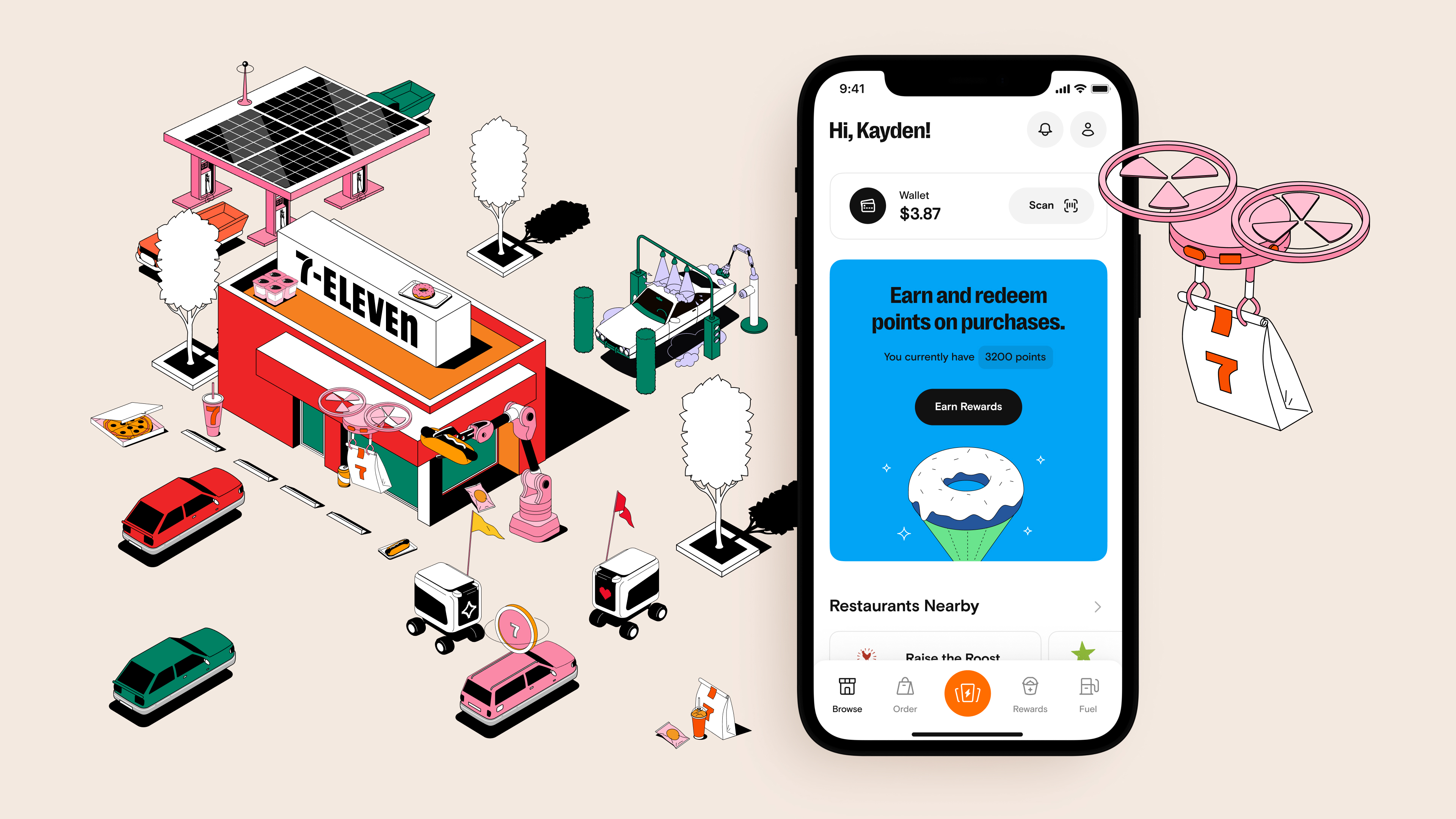
What are your favourite tools/services?
There’s no shortage of advanced tools and technologies available today but I still find myself gravitating towards simpler, more “analog” tools like Google Docs, email and Figma. These tools don’t get in the way – they allow me to focus on the task at hand without creating additional layers of complexity.
That said, one area where I do see the value of AI is in these new meeting note-taking companions. If you can get over the awkward “phantom zoom attendee”, these tools seem to get AI-assisted workflows right. They’re in the background, they do something that’s tedious and time-consuming for you (transcription and summarization), and they don’t try to “create” anything for you besides help. This can significantly speed up processes without sacrificing the integrity of the original content.
In an era where AI is often used to cut corners towards some original content, these tools are a refreshing example of how technology can enhance, rather than complicate, our workflows. They help me be more efficient in the slow, deliberate tasks that require attention to detail and precision. So, while I use AI sparingly, I do appreciate its ability to support rather than overshadow the work I do.
What are your thoughts on the integration of AI in the creative industries?
This is a tough one. I think, generally, tools and technology do belong in creative work. But it all comes down to the purpose and use. Are you using the tool to eliminate the thinking part or to accelerate ideation and enhance craft? Are we eliminating people or enabling them? A lot of what I see being talked about and promoted is the former and that isn’t cool. I think we’re very early in this journey and we have to be careful. The best way to be careful is to be principled and open minded at the same time.
I’m always looking for opportunities to challenge the status quo and create something truly novel and truly great.
If AI is being used to help realize an original thought, that’s great, and there are plenty of tools and use cases for that. If AI is being used to skip past and scale ideation, that just helps the race to the bottom we were seeing in the design field before generative AI came along.
Creativity is always under threat by the inherent need from business to be more efficient, cost less, move faster, make numbers grow. It’s a slippery slope to use the “great averaging machine” that is artificial intelligence to shortcut and cut out the human brain to serve those needs.
My hopes are that human taste, emotion, and senses prevail and, like has always been the case, truly great, inspired, and crafted work will prevail as the winner, quelling the threat of mediocre sameness that misuse of AI in the creative field causes.
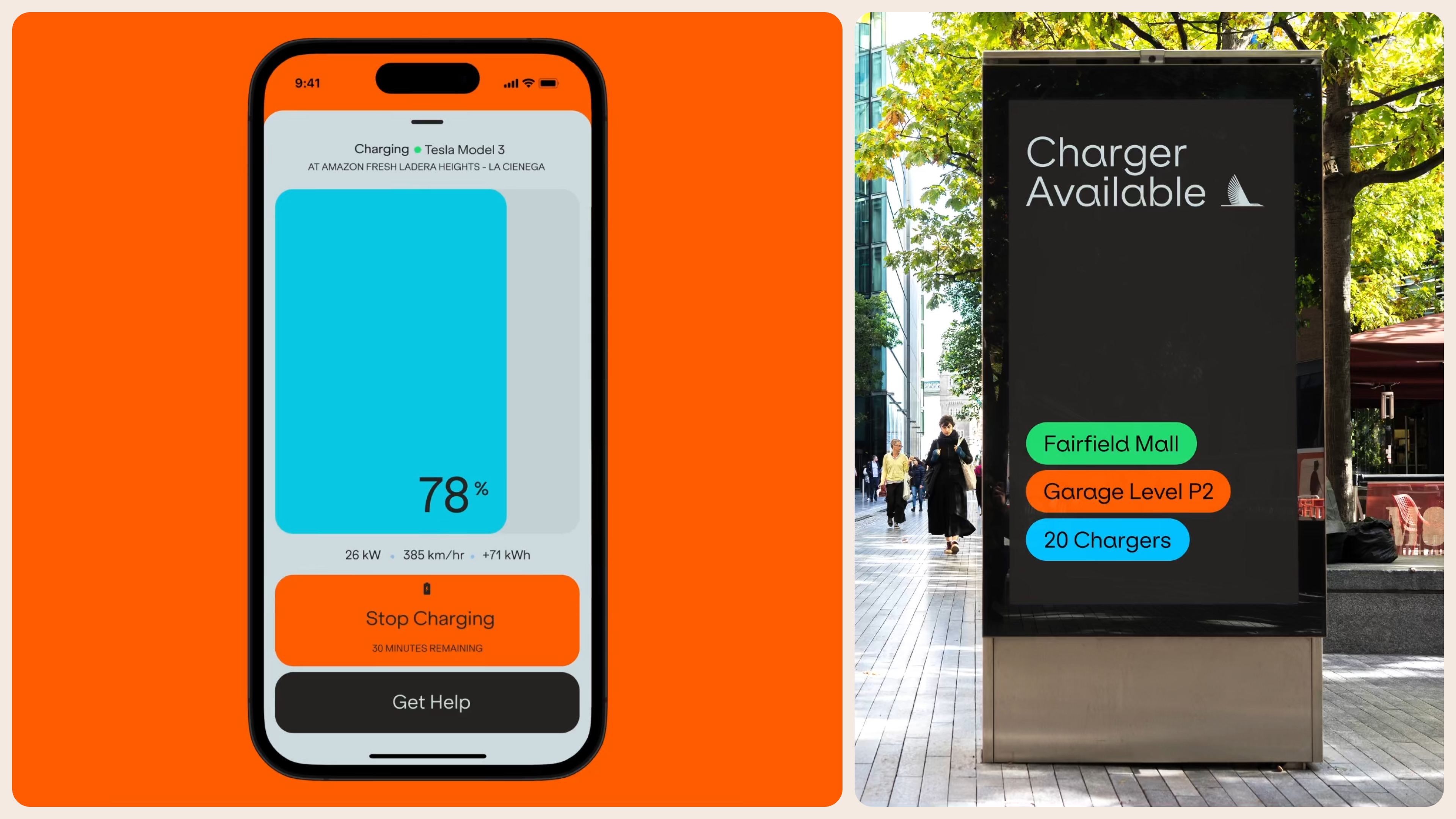
What’s your dream project/dream client?
My dream project would be one where there’s a significant saturation of sameness in the market – a space where everything looks and feels the same, and there’s a real opportunity to break the mould.
I’m particularly drawn to multi-faceted, multi-channel experiences that provide a rich surface area for holistic thinking and creating. I thrive on projects where the goal is crystal clear, where we know exactly what problem we’re trying to solve, and where we can help clients define and refine that goal if needed. It’s about finding that sweet spot where creativity and strategy intersect, allowing us to bring something truly unique to life.
Whether it’s a brand doing some soul-searching or a market ripe for disruption, I’m always looking for opportunities to challenge the status quo and create something truly novel and truly great.
What career advice would you give your younger self?
I’d start with a quote from Dolly Parton: “Figure out who you are, then do it on purpose.”
It’s crucial to understand your “why” and your “what” – why you’re doing what you’re doing, and what exactly you want to achieve. That’s the real job, not just making easy money or taking the path of least resistance. It’s about identifying what truly matters to you and making that happen, no matter how difficult or challenging the path may be.
I’d also remind myself to practice moderation – something that can be easy to forget when you’re deeply passionate about your work. Balancing ambition with self-care is key to sustaining a long and fulfilling career. It’s about playing the long game, staying true to your values, and never losing sight of the bigger picture.

Thank you for reading 5 articles this month* Join now for unlimited access
Enjoy your first month for just £1 / $1 / €1
*Read 5 free articles per month without a subscription

Join now for unlimited access
Try first month for just £1 / $1 / €1
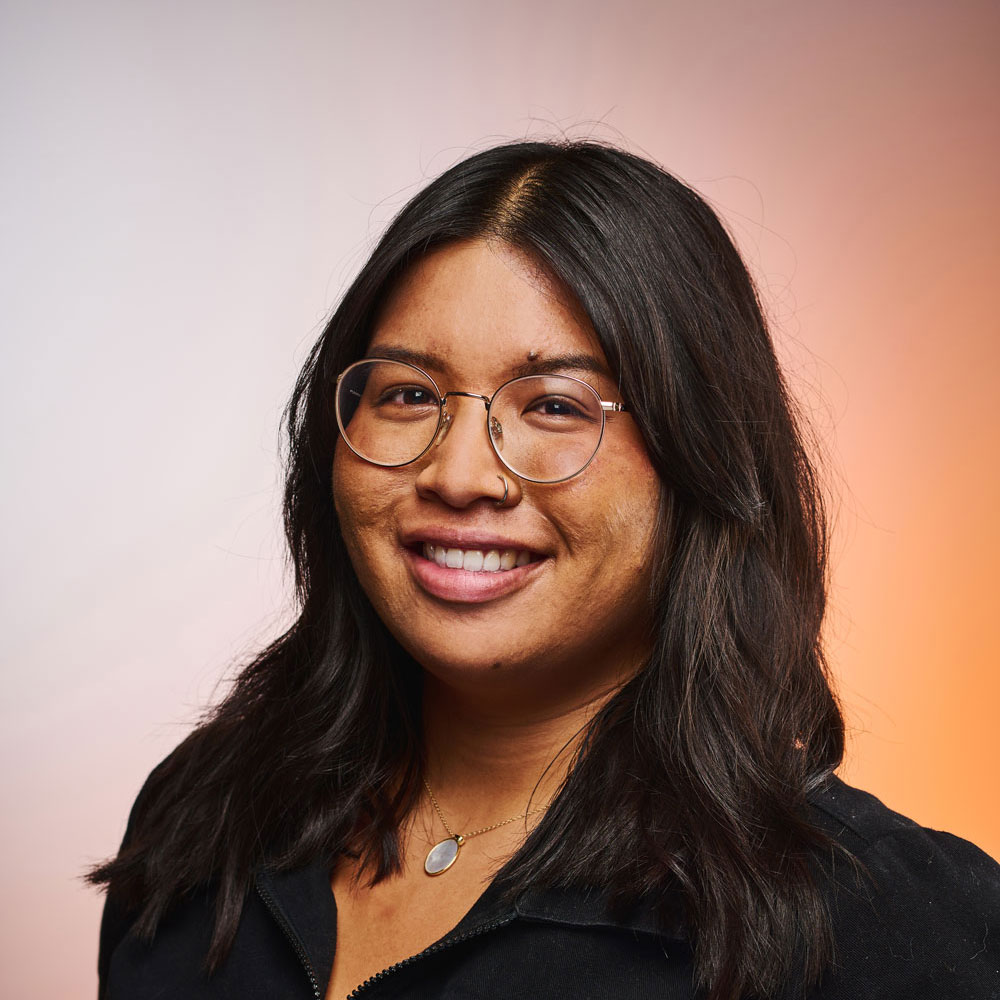
Natalie Fear is Creative Bloq's staff writer. With an eye for trending topics and a passion for internet culture, she brings you the latest in art and design news. Natalie also runs Creative Bloq’s Day in the Life series, spotlighting diverse talent across the creative industries. Outside of work, she loves all things literature and music (although she’s partial to a spot of TikTok brain rot).
